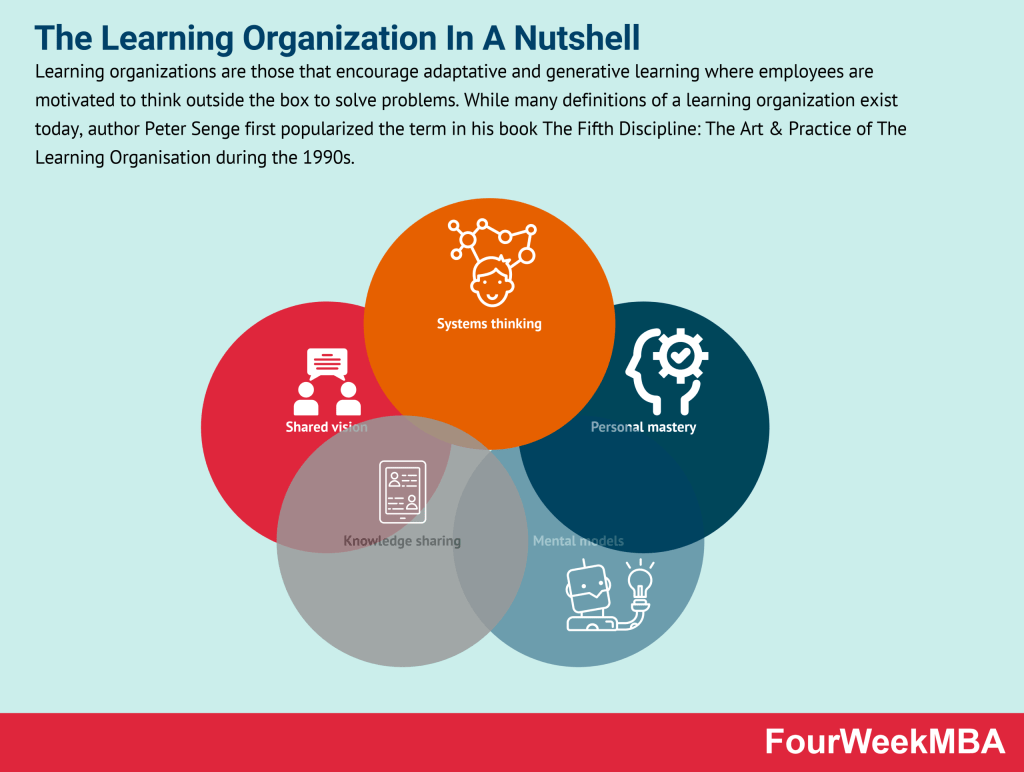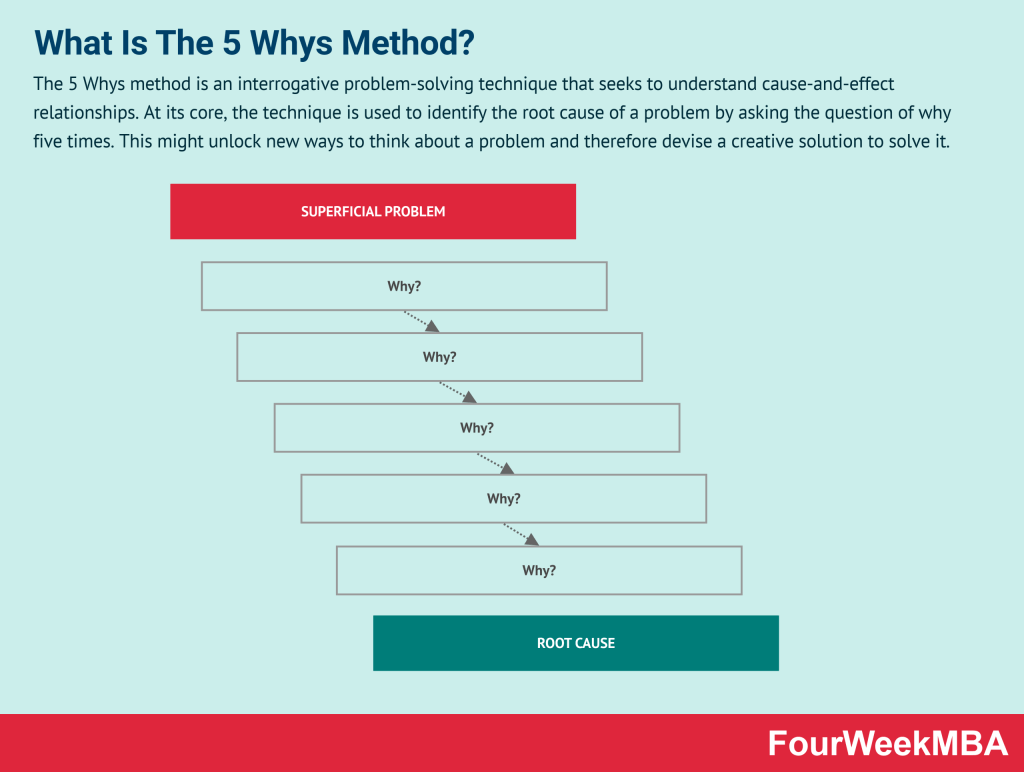Cooperative learning is an instructional approach that involves students working together in small groups to achieve specific learning objectives. It is based on the belief that students can benefit academically and socially by actively engaging with their peers in the learning process. Cooperative learning differs from competitive or individualistic learning approaches and emphasizes the following key principles:
- Positive Interdependence: Students rely on each other to achieve success. Their individual success is linked to the success of the group as a whole.
- Individual Accountability: Each student is responsible for their own learning and contributes to the group’s efforts. Accountability ensures that all group members actively participate.
- Face-to-Face Interaction: Students interact and communicate with each other directly, fostering discussion, debate, and the exchange of ideas.
- Interpersonal and Small Group Skills: Cooperative learning promotes the development of essential interpersonal skills, such as communication, teamwork, and conflict resolution.
- Group Processing: Groups reflect on their collaborative experiences, discussing what worked well and what could be improved, to enhance their future performance.
Characteristics of Cooperative Learning
To understand cooperative learning fully, it is essential to recognize its key characteristics:
- Group Structure: Students work in small groups, typically consisting of three to six members. The group size may vary depending on the task and objectives.
- Positive Interdependence: Group members depend on each other to achieve common goals. The success of one student benefits the entire group.
- Individual Accountability: Each student is responsible for their own learning and contributes to the group’s progress. Individual assessments may be incorporated.
- Face-to-Face Interaction: Students engage in face-to-face interaction, promoting communication, discussion, and the sharing of ideas.
- Structured Activities: Cooperative learning activities are structured and designed to promote active participation and collaboration.
- Group Processing: Groups reflect on their collaborative experiences, discussing what worked well and what could be improved for future tasks.
Significance of Cooperative Learning
Cooperative learning offers numerous benefits for students and educators alike. Understanding its significance can help educators appreciate its potential impact on student achievement and overall learning outcomes. Here are some key aspects of its significance:
Enhanced Learning Outcomes
Cooperative learning has been shown to enhance learning outcomes. When students work together, they engage in discussions, debate, and problem-solving, which can deepen their understanding of the subject matter.
For example, in a science class, students working collaboratively on a project to build a model of a cell gain a deeper understanding of cell structures and functions through group discussions and shared knowledge.
Improved Social Skills
Cooperative learning promotes the development of essential social and interpersonal skills. Students learn how to communicate effectively, resolve conflicts, and collaborate with peers.
These skills are valuable not only in academic settings but also in future careers and personal relationships. Cooperative learning helps students become effective team members and communicators.
Increased Motivation and Engagement
Cooperative learning can boost students’ motivation and engagement. When students work together toward a common goal, they often feel a greater sense of purpose and enthusiasm for the task.
For example, in a history class, students collaborating on a research project about a historical event may become more engaged in the subject matter due to their shared interest and sense of responsibility.
Diverse Perspectives
Cooperative learning exposes students to diverse perspectives and ideas. When working in groups, students bring their unique experiences and knowledge to the table, enriching the learning process.
For instance, in a literature class, students from different backgrounds and cultures may offer unique insights into the interpretation of a literary work, leading to a deeper exploration of its themes and symbolism.
Preparation for Real-World Collaboration
Cooperative learning prepares students for real-world collaboration. In many professions and industries, teamwork and collaboration are essential skills. Cooperative learning experiences in school help students develop these skills, making them better prepared for future careers.
Higher Retention and Critical Thinking
Cooperative learning often leads to higher retention of information and improved critical thinking skills. Through discussion and teaching peers, students reinforce their own understanding of the material.
For example, in a mathematics class, students explaining mathematical concepts to their peers not only help others but also reinforce their own comprehension of the subject.
Applications of Cooperative Learning
Cooperative learning is a versatile approach that can be applied in various educational settings and subjects. Its adaptability makes it suitable for different age groups and learning environments. Here are examples of how cooperative learning is applied in different contexts:
Elementary Education
In elementary schools, cooperative learning is used to teach a wide range of subjects, from math and science to language arts and social studies. Group activities, such as collaborative problem-solving and group projects, help young students develop teamwork skills and gain a deeper understanding of concepts.
Secondary Education
In secondary education, cooperative learning is integrated into various subjects and classroom activities. Group discussions, peer teaching, and collaborative research projects are common ways to implement cooperative learning strategies.
Higher Education
Cooperative learning is used in higher education institutions to enhance student engagement and deepen learning. It is employed in various disciplines, including humanities, social sciences, STEM fields, and professional programs.
Language Learning
Cooperative learning is particularly effective in language learning contexts. Students can engage in pair or group activities to practice speaking, listening, and reading in the target language. Language exchange programs often incorporate cooperative learning methods.
Online Learning
Cooperative learning can also be adapted for online learning environments. Virtual collaboration tools and discussion forums facilitate group work, enabling students to collaborate effectively even in remote or asynchronous learning settings.
Special Education
Cooperative learning can benefit students with special needs. Inclusion programs may pair students with disabilities with their peers, providing support and promoting social interaction.
Implementing Cooperative Learning Strategies
To successfully implement cooperative learning strategies, educators can follow these practical guidelines:
1. Clear Learning Objectives
Define clear learning objectives and outcomes for cooperative learning activities. Students should understand the purpose of the task and the specific goals they are expected to achieve.
2. Group Formation
Carefully consider how groups are formed. Consider factors such as student preferences, diverse skill sets, and balanced gender representation when creating groups.
3. Structured Activities
Design structured activities that promote active participation and collaboration. Activities should be engaging, relevant to the subject matter, and aligned with the learning objectives.
4. Group Roles
Assign specific roles within groups to ensure that all students actively participate. Roles may include a leader, recorder, timekeeper, and presenter, among others.
5. Monitoring and Support
Regularly monitor group interactions and provide support as needed. Encourage students to seek help from the teacher or their peers when facing challenges.
6. Reflection and Evaluation
Incorporate reflection and evaluation into the cooperative learning process. Ask students to reflect on their experiences, discuss what worked well, and
suggest improvements for future group work.
7. Assessment
Consider how cooperative learning activities will be assessed. Individual and group assessments can help determine whether learning objectives have been met.
Conclusion
Cooperative learning is a powerful educational approach that fosters collaboration, enhances learning outcomes, and develops essential social and interpersonal skills. This pedagogical strategy is rooted in the idea that students can learn effectively by working together and taking collective responsibility for their learning. By understanding the significance of cooperative learning and implementing effective strategies, educators can create dynamic and engaging learning environments that prepare students not only for academic success but also for success in their future careers and personal lives. Cooperative learning underscores the importance of collaboration and teamwork as essential skills for the 21st century, ensuring that students are well-equipped to thrive in a world that values collective problem-solving and shared knowledge.
Connected Learning Frameworks

































